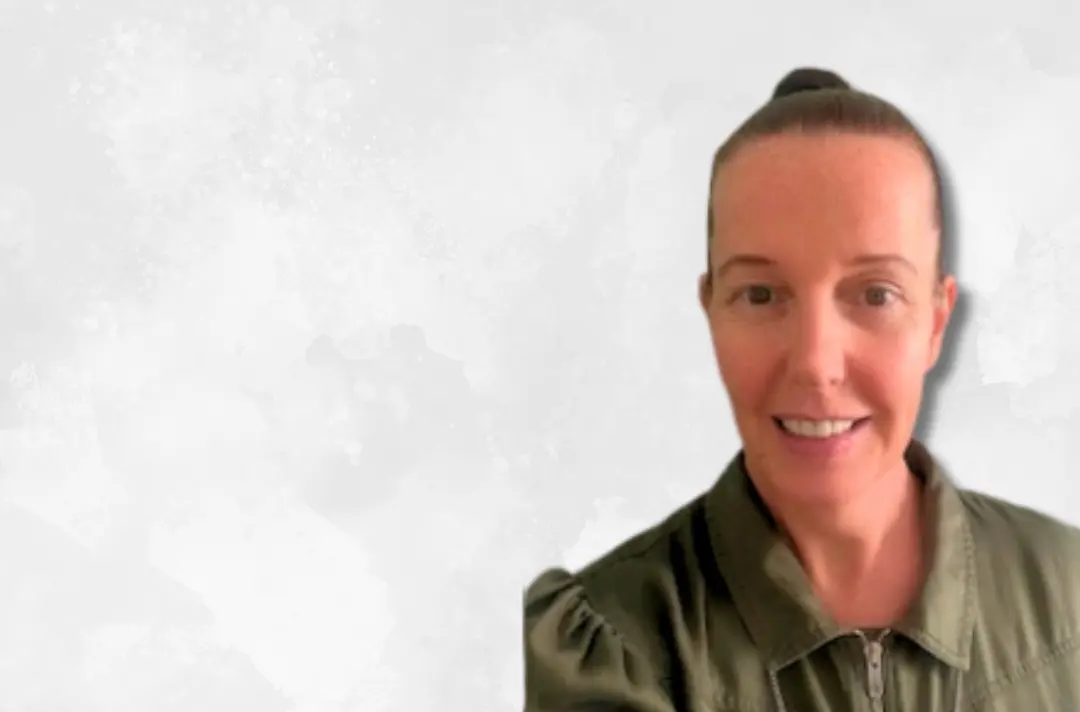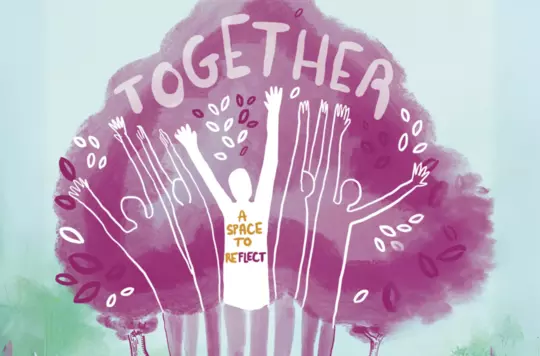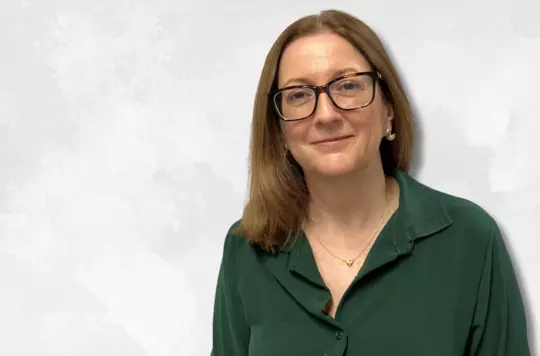28 June 2025
Building a trauma-informed strategy
Stevie Hope

Trauma-Informed Practice Lead Dawn Richardson (THQ) chats with Stevie Hope about the territory’s trauma-informed future.
You recently became the territory’s first ever Trauma-Informed Practice Lead. Why did you apply for the role?
I’ve always had an interest in how our experiences of challenge and adversity impact our behaviours and relationships. I’ve been doing this kind of work for a long time and I’m always conscious that we – as The Salvation Army – are already doing amazing work, but it could always be better.
What if things were different? How might that look and feel for stakeholders, the people we serve, members, frontline staff and senior leadership? What would it look like if we really, genuinely understood each other with a deeper appreciation of our individual traumas?
What do we mean by trauma in this context?
The majority of us are impacted by traumatic experiences – toxic stress, adversity, life challenges. This isn’t a small minority of people we’re talking about.
What does trauma-informed practice look like?
It’s so much more than just being nice. It’s taking an intentional stance of recognising when people are challenged by traumatic experiences.
It’s about asking how those experiences impact us and show up in our lives. Then we need to ensure that our responses, our policies and our communications create an environment of safety. There’s also an emphasis on preventing retraumatisation.
Why is being trauma-informed important?
We want everyone to feel seen, heard, valued, affirmed and able to be the best version of themselves – life in all its fullness!
Does the Army have a history of trauma-informed practice?
We do lots of new things in the Army and there are lots of new initiatives and buzzwords that come into play, but this isn’t new – it ties in with our values and mission priorities.
We’ve made really great strides providing trauma-informed care to our service users. But this is a journey: it’s not something that’s ever going to be completed. There was always a question for me around whether others in the Army are also implementing and experiencing these trauma-informed approaches.
What’s first on your to-do list?
My secondment to this role is only for two years, so we have a lot to achieve in that time – my hope is that people will start to feel some of this pretty soon! One of the first things we’re doing is connecting with people and building relationships. There’s so much out there. People are doing brilliant trauma-informed work and fabulous stuff is happening.
We’ll be trying to get a real scope of what’s out there. We want to reach out and hear people’s voices. I’m more than happy for anybody to reach out to me with questions and suggestions. The more voices we hear, the better! My hope is that my role is going to be more people work than paperwork.
This will all inform a new trauma-informed strategy for the territory.
Is this strategy for members and employees too?
Absolutely! This role is sitting in the Human Resources Department and Personnel Service because it’s about people. It’s not just about frontline service delivery – it’s for employees, members, officers, leadership, for all people at all levels across the organisation.
What can people look out for?
We’re going to produce some easy guidance for people who want to know more about trauma-informed practice. There will also eventually be surveys and focus groups and things like that – it’s early days but watch this space!
Written by

Stevie Hope
Assistant Editor
Discover more

Major Lynne Shaw explores how gratitude can remind us to value others.

Dr Claire Luscombe and Dawn Richardson share the positive impact of trauma-informed care with Stevie Hope.

Amy Quinn-Graham continues a series of articles reflecting on how our approach to mission has been affected by the pandemic.

Human Resources Director Alex O’Hara talks to Major Julian Watchorn about how the Army’s values shape its policies.